Bread is a staple food in various areas of the world such as the Middle East, Europe, India, and North Africa. Bread always consists of flour, water, salt, and often yeast. Bread may also contain some sugar, fruits and spices such as raisins, pumpkin and bananas, and vegetables such as onions and nuts. There are different ways to make bread that differ from one community to another. In many countries, people make bread using their hand as the old bakers used to do. In industrialized countries, numerous bread making processes in commercial bakeries are made by machines, and bread is a delicious food with different types, shapes, and flavors.
Bread contains carbohydrates that provide the person with heat energy, and the nutrients accompanying these materials provide the person with some of his other nutritional needs. The average protein content in it ranges from 7% to 15%. It also contains a high percentage of sugars and about 1% fat. Grain flour in general contains potassium, magnesium, phosphorous, iron and calcium. It also contains some vitamins such as B complex, C and D. The bulk of the iron, phosphorous and vitamin B complex is found in the husks of the grains, most of which goes when the grains are finely milled. Therefore, nutrition experts confirm that the nutritional value of brown bread exceeds all other types of bread, because it contains apostasy, which is rich in its protein content and a large proportion of dietary fiber, which is necessary in the diet. Human and its deficiency leads to the risks of constipation, hemorrhoids, bowel disorders and an increase in the proportion of harmful cholesterol in the blood and in the walls of blood vessels.
What is all-purpose flour?
It is used to make many different types of bread. It is also used to make many types of cakes, biscuits and pastries. Sometimes, it is used as a thickening agent too. Unlike whole wheat flour, the all-purpose powder is fine and white. Although it is widely used for making bread, the flour has a little nutritional value as it is made by removing the bran and germ of the wheat grain.
What is gluten?
Gluten is one of the proteins that affects as link between foods to keep them together. It is found in some grains, such as wheat, rye, and barley. Gluten constitutes about 85-90% of the protein percentage in wheat, and it consists of approximately equal parts of gliadin and gluten Which is rich in glutamine and proline, which are two amino acids, and together they are called prolinamine. On the other hand, it should be noted that gluten can be found through cross-contamination that may be transmitted from one source to another in some other foods, such as; monosodium glutamate, soy sauce, ice cream, processed meats, or even gluten-free grains, such as; Oats, and this contamination may occur as a result of the production of these products in the place of manufacture of wheat.
What is granulated sugar?
Granulated sugar is a high quality, all-purpose sugar. It is also sometimes called refined, table, or white sugar. When people talk about sugar, that’s usually what they’re talking about.
This type of sugar is made from sugar cane and sugar beets. It is also the most common type of sugar used in baking and cooking.
What is baking powder?
The baked goods are an essential part of the human diet, as their food does not contain one or more types of food per day, and it consists mainly of flour, sugar and baking powder, the presence of which is considered the most important condition for the success of the baking process. Baking powder is a chemical alternative to yeast, often made from baking soda called NaHCO3, cream of tartar made from C4H5KO6 potassium tartrate, and cornstarch. The ingredients are mixed with each other and encapsulated.
What is polenta?
The variety of grains used is usually yellow corn, but buckwheat, sorghum, or a mixture thereof is often used. Coarse mills make polenta that is hard and coarse. Fine grinding makes polenta soft and smooth, Polenta is a staple in Northern Italian, Swiss and Balkan cuisines where it is also called kačama. Its consumption was traditionally associated with the lower classes of the people, as in the past maize mash was a staple food in their daily ration. This dish is known in Romania and Moldova as mămăligă, and it is also a staple dish in Argentina.

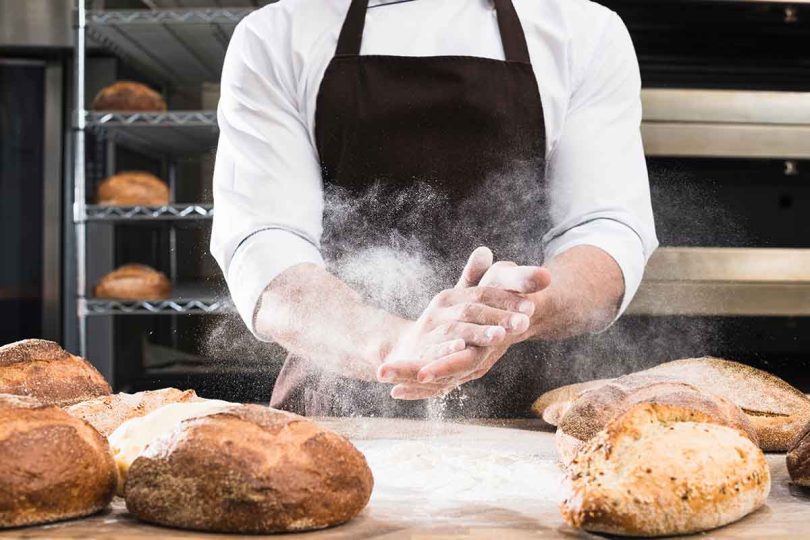
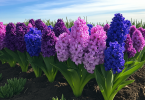

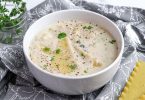
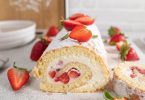
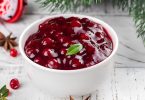
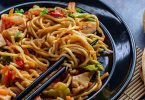
Leave a Comment